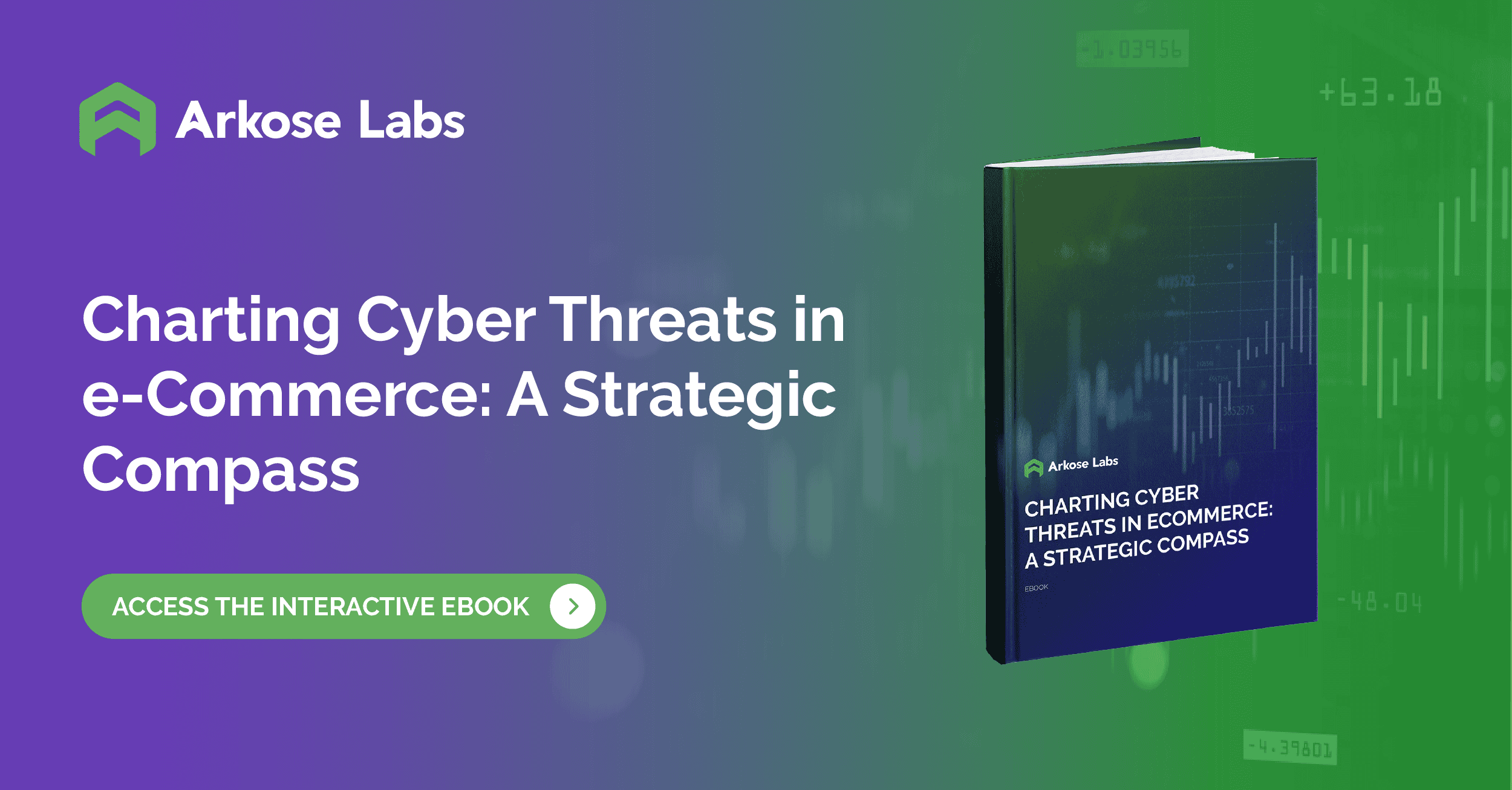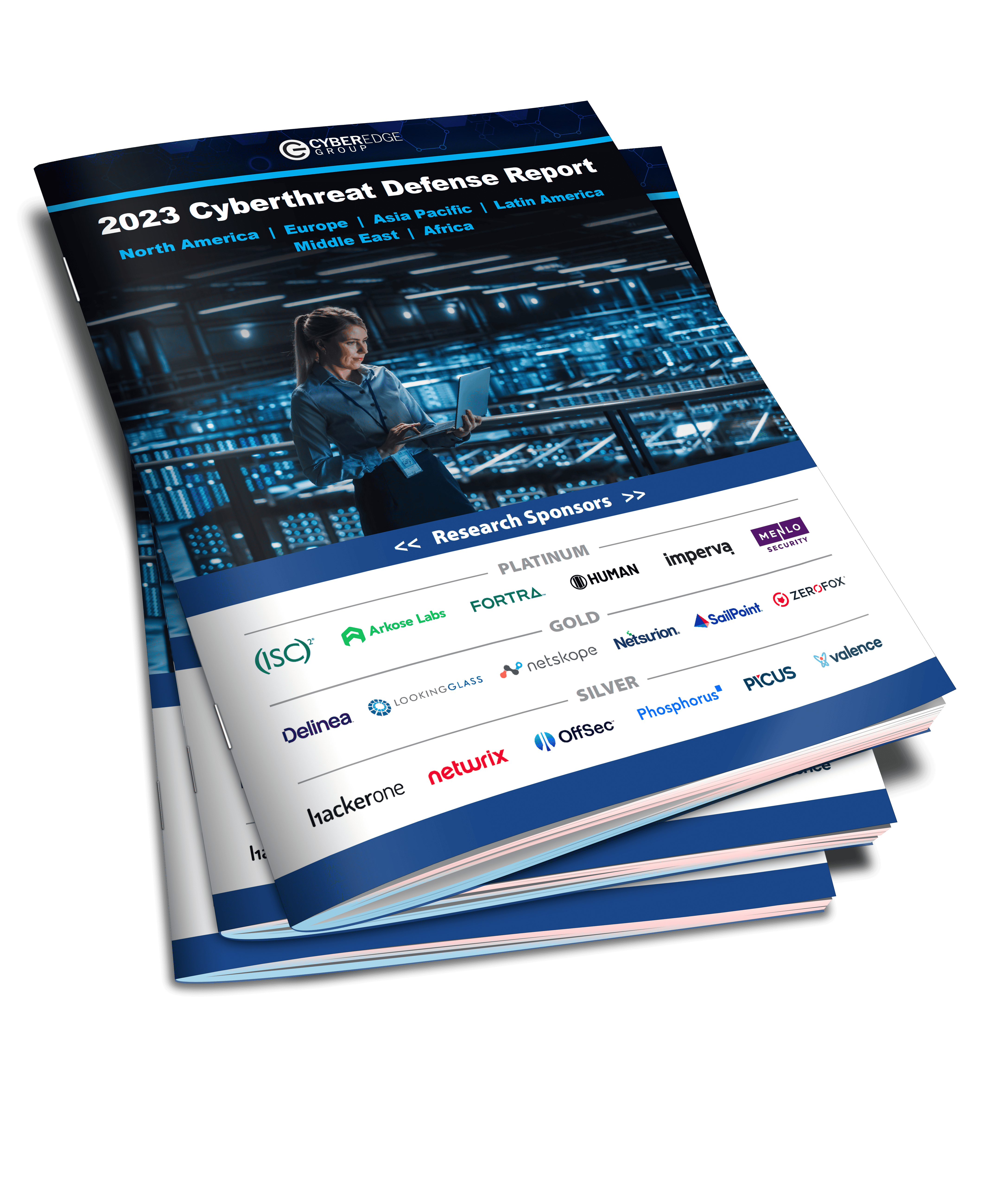Online attacks have surged by 121% from Q1 to Q2 2023, impacting e-commerce, travel, financial services, and other sectors. Despite this rise, and perhaps even because of it, businesses now have the opportunity to strengthen key areas of the enterprise like threat intelligence, compliance, and overall cyber resilience.
Leveraging global threat intelligence lets businesses defend themselves in real time. Viewing continual attacks as a chance to enhance resilience allows businesses to navigate challenges and emerge fortified against threats year-round. Investing in bot protection tools provides both immediate solutions and enduring strategic benefits.
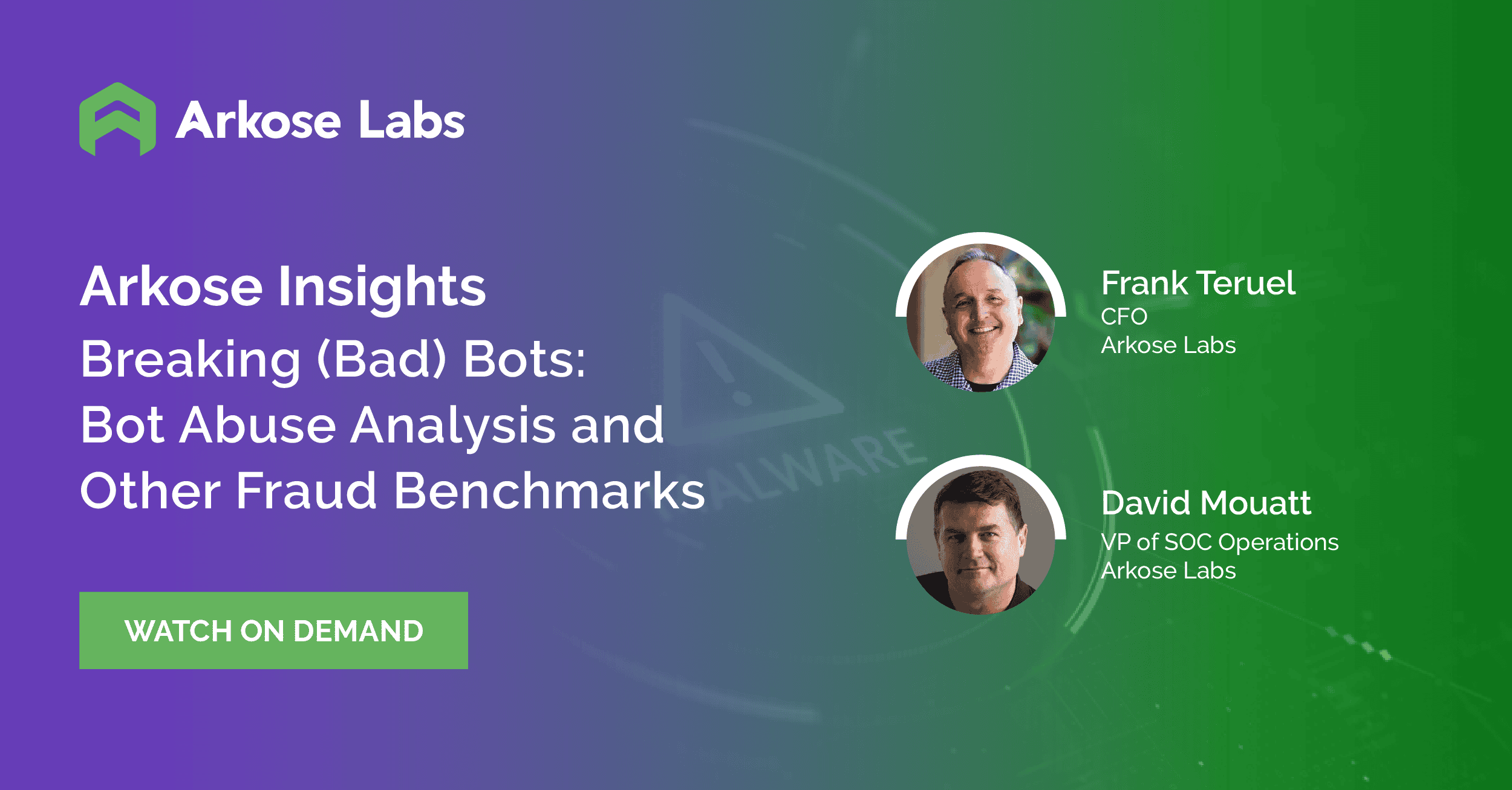
RECOMMENDED RESOURCE
Insights from Breaking (Bad) Bots: Bot Abuse Analysis and Other Fraud Benchmarks
The holiday attack surface
The attack surface for online businesses during the holiday season is expansive and changing quickly. As consumers flock to online shops to check off their holiday shopping lists, businesses witness a substantial uptick in web traffic and customer transactions. Amidst this surge, the looming threat of holiday bots, automated attacks, and click farms becomes a big concern.

The sheer volume of personal and financial data exchanged during this period becomes an enticing target for criminals. From phishing scams disguised as enticing holiday offers to sophisticated ransomware attacks, the variety and intensity of cyber threats escalate this time of year, posing risks to security and continuity.
From cyber threat to security catalyst
How can a cyberattack lead to something positive? Let’s look at a real-life example. In 2017, the global ransomware attack known as WannaCry affected organizations across various sectors, including healthcare, logistics, and financial services 1. Among the businesses impacted was the National Health Service (NHS) in the UK, which faced major disruptions due to ransomware. This attack not only paralyzed critical systems within the NHS but also underscored the vulnerabilities prevalent in organizations worldwide.

In response to this cyber crisis, the NHS underwent a profound transformation in its security approach. The ransomware attack acted as a wake-up call, prompting the organization to innovate and enhance its technological foundations. The NHS recognized the imperative to invest in advanced security measures—such as regular audits, software updates, and the deployment of bot management solutions—to prevent future incidents and ensure the safety of sensitive patient data.
Moreover, investing in advanced bot security not only addresses immediate threats but also provides enduring benefits, safeguarding the network against evolving risks and contributing to long-term resilience.
Bot security impacts ransomware
Bot prevention measures indirectly impact the risk of ransomware attacks, as they reduce the attack surface and employ early detection through machine learning and behavioral analysis, potentially identifying the initial stages of a ransomware threat. The connection lies in their shared goal to fortify network security and minimize vulnerabilities.
Alongside a secure network equipped with effective monitoring, bot management plays a crucial role in stopping the spread of different types of malware, including ransomware. Businesses need a multi-layered defense strategy. Integrating solid bot management strengthens the network, providing an extra layer of defense against evolving threats and contributing to overall cyber resilience.
Business collaboration against cyber threats
In the face of these threats, businesses are now recognizing the value of collaborative initiatives. Partnerships between CISOs, industry players, government agencies, and other security experts are forming to create a united front against threat actors and their bots. By pooling resources and expertise, these collaborative efforts can actually enhance resilience during the holiday season.
Information-sharing platforms, such as global threat intelligence forums, are now critical. These environments serve as hubs, fostering the real-time exchange of threat intelligence, vulnerabilities, and best practices / trends within the digital business world. Imagine these virtual arenas as spaces where insights are rapidly shared, enabling organizations to proactively strengthen their defenses. This is especially crucial during the holiday rush.
This collective strength isn't just a theoretical concept; it's the backbone of resilience in the face of emerging attacks like account takeover fraud, credential stuffing, and web scraping. Businesses, armed with this unified front, can respond effectively and adapt their defenses.

What threat intelligence can do
Picture a retail consortium that actively participates in this type of collaborative platform, sharing real-time insights into emerging threats and defense strategies. During the holiday rush, one member detects a sophisticated phishing campaign targeting online shoppers. With the collective strength of the forum, this information can be swiftly disseminated among participating businesses. Armed with this intelligence, each member adapts their defenses promptly, deploying updated security protocols and alerting their customer base about the potential threat.
Also, collaborative threat intelligence extends beyond forums and alliances, as businesses can also harness the power of robust security providers to bolster their defenses. These solution providers aggregate global intelligence on bot activity, analyzing patterns and identifying potential threats. By partnering with bot detection entities, businesses gain access to a wealth of real-time information and proactive defense measures.
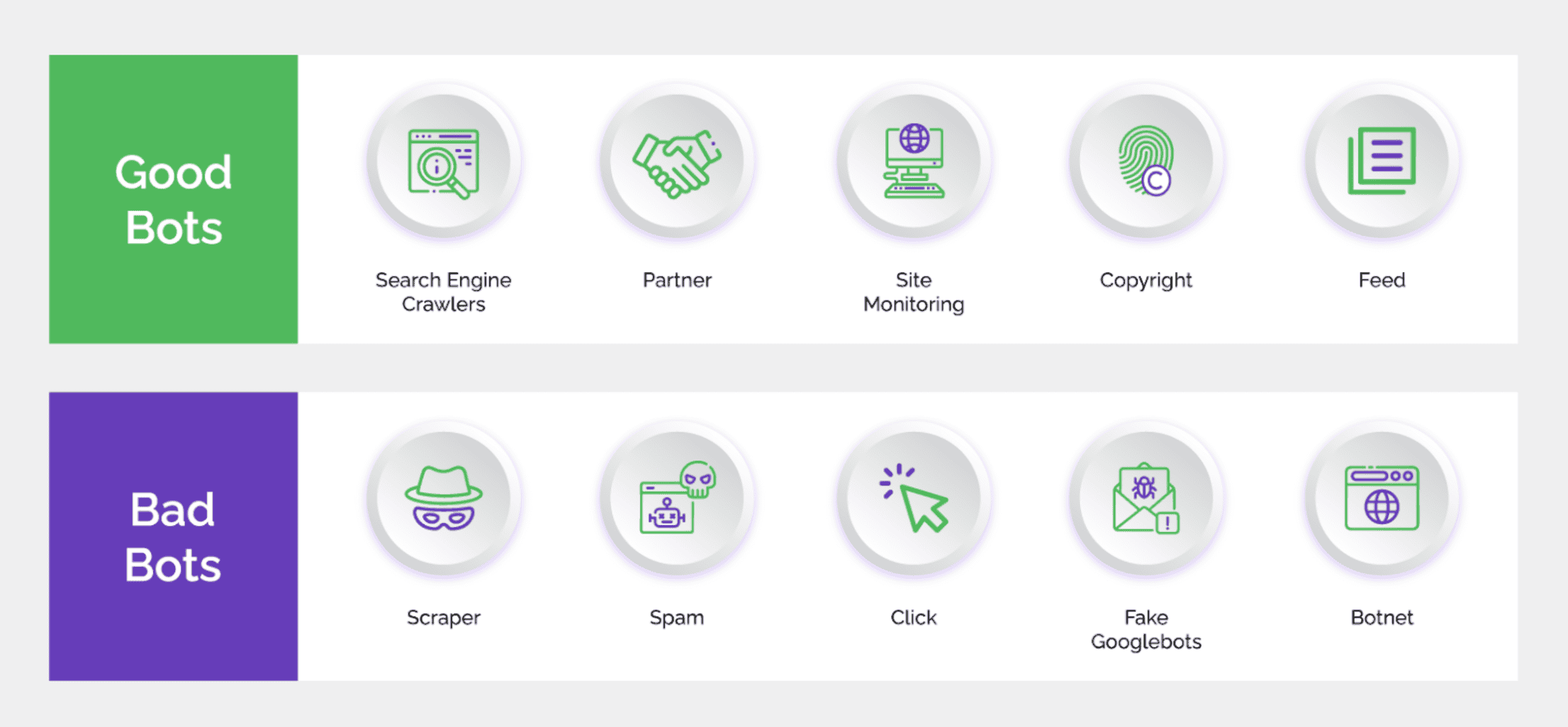
For instance, if a bot management provider detects a surge in malicious activity targeting e-commerce platforms across its network, it can promptly share this intelligence with its clients. Armed with this shared knowledge, businesses can swiftly adapt their security protocols, fortifying their digital storefronts against impending threats. This collaboration exemplifies how businesses can draw upon the expertise of solution providers to create a unified front, ensuring a safer and more secure holiday experience for both enterprises and customers.
This unified response creates a defense strategy that ripples across the digital landscape. As the phishing campaign attempts to infiltrate online retailers, the unified front of businesses, sculpted through the shared understanding fostered by the threat intelligence forum, thwarts the attack at multiple fronts. The impact is minimized, and potential risks are neutralized.
‘Tis the season for compliance
Compliance regulations are a concern for virtually all online businesses, regardless of their size or industry. The specific regulations that apply may vary depending on factors such as the nature of the business, the type of data it handles, and its geographical location. Key compliance standards include data protection regulations like GDPR, payment processing standards such as PCI DSS, healthcare-related regulations like HIPAA, and regional laws like CCPA for businesses operating in California. Also, guidelines from regulatory bodies such as the Federal Trade Commission and international standards like ISO/IEC 27001 are considerations.
Ignoring or failing to comply with these regulations can lead to legal consequences, financial penalties, and damage to a business's reputation. It’s imperative for online businesses to stay informed about the evolving regulatory landscape and proactively implement security measures to ensure compliance with applicable standards.
Increased risk during holidays compels regulatory bodies to revisit and reinforce security compliance this time of year. The relationship between cyber threats and regulatory frameworks becomes increasingly significant as businesses navigate this terrain. Regulatory bodies recognize the heightened vulnerability of businesses during this time, making compliance within security more pressing. These frameworks often mandate robust measures to safeguard customer data, prevent fraud, and ensure the integrity of online transactions.
In 2020, the U.S. Cybersecurity and Infrastructure Security Agency (CISA) issued advisories to businesses, urging them to enhance their cybersecurity protocols during the holiday period.2 These advisories provided specific guidance on securing online transactions, protecting sensitive customer data, and mitigating the risks associated with increased online activity.
The introduction of these regulations and standards reflects a collective effort to enhance online security during periods of high activity. These measures not only safeguard business data but also instill confidence in consumers.
Arkose Labs Compliance
Arkose Labs places a strong emphasis on compliance, aligning its solutions with global regulatory standards to ensure the protection of sensitive data. The real-time global threat intelligence capabilities of Arkose Bot Manager empower organizations with up-to-the-minute insights into emerging threats, enabling proactive defense measures.
By seamlessly integrating cutting-edge technology, compliance considerations, and real-time threat intelligence, Arkose Labs provides a comprehensive solution to combat cyber threats and maintain the integrity of digital environments, especially at peak holiday times.
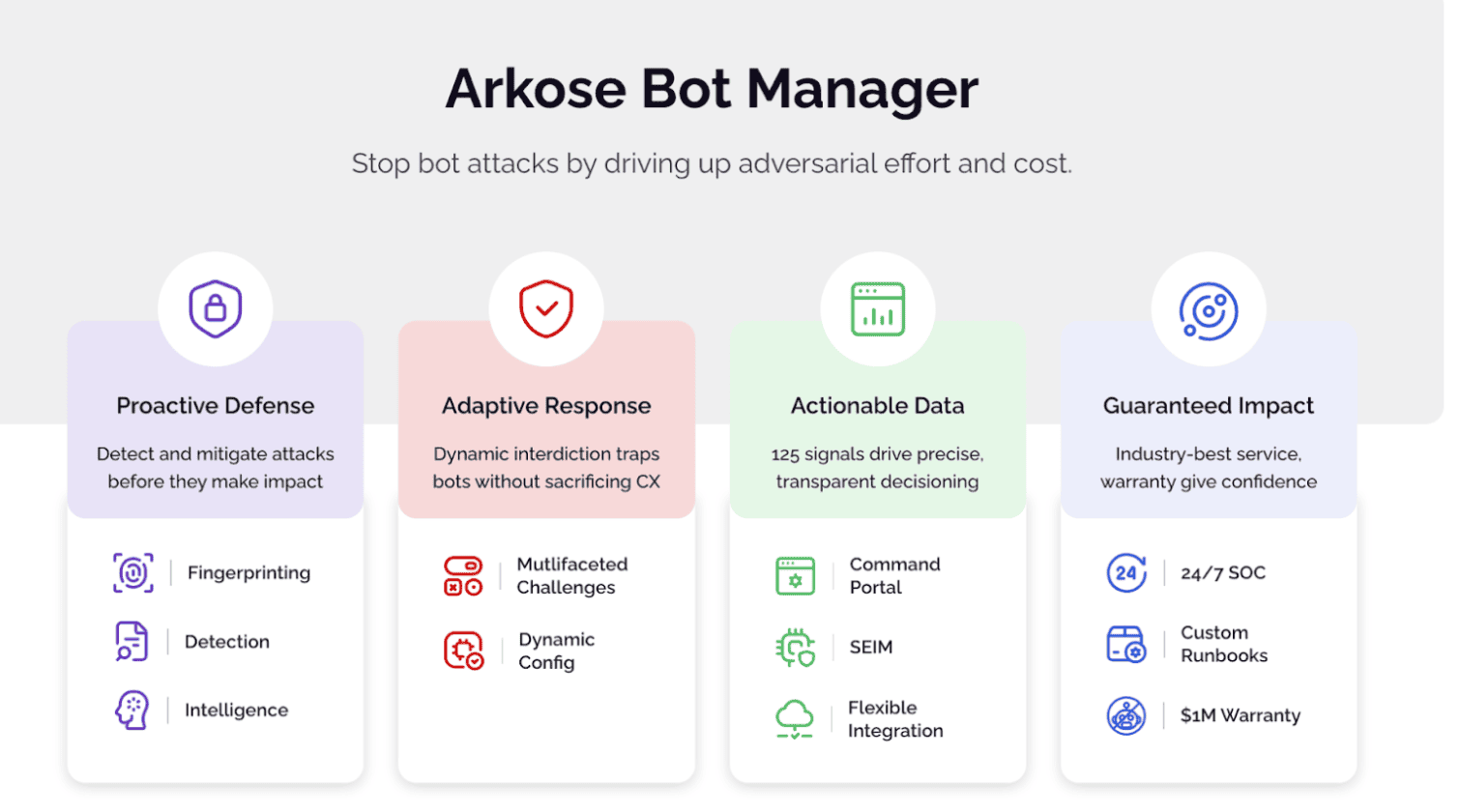
Our Compliance Certifications
Arkose Labs currently holds Certificates of Registration for ISO/IEC 27001:2013 and ISO/IEC 27701:2019 as well as Certificates of Conformity for ISO/IEC 27002:2013 and ISO/IEC 27018:2019.
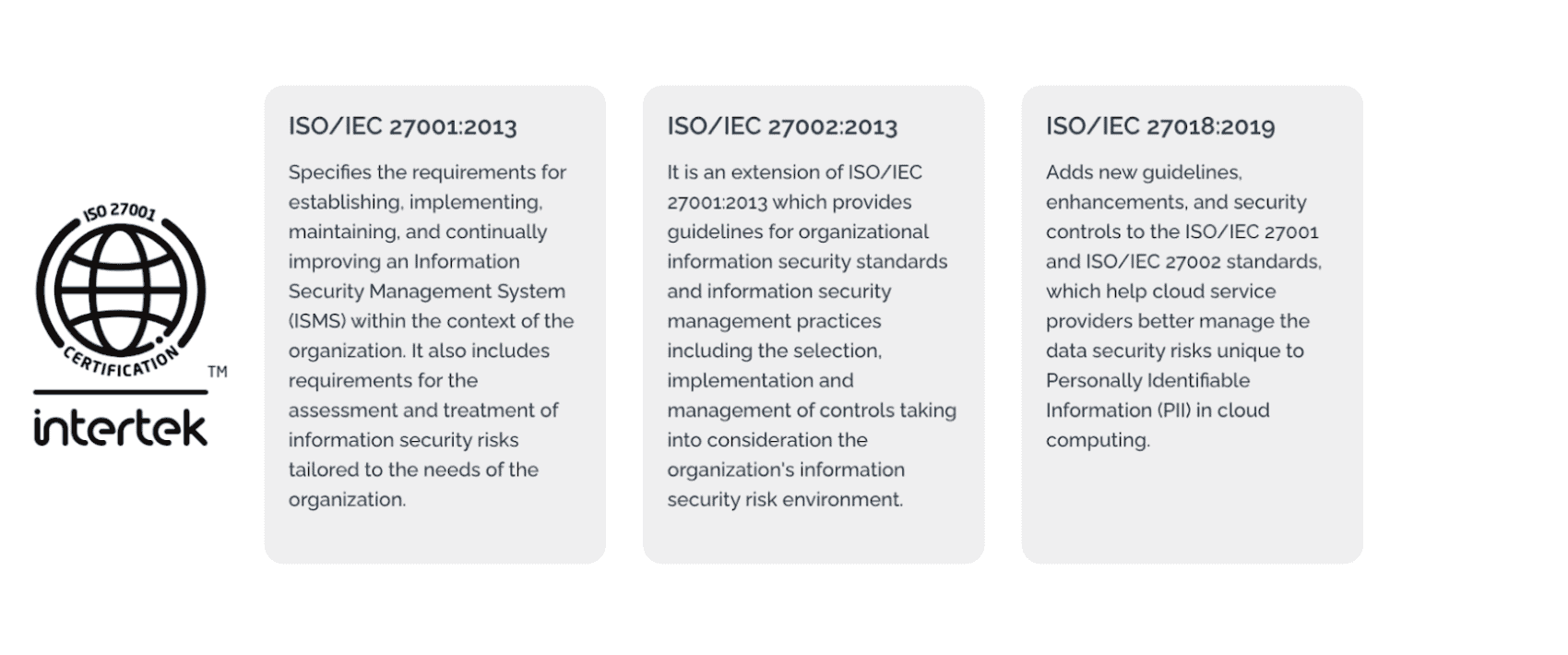
Arkose Labs leads the collaborative effort
Arkose Labs offers a multifaceted approach to address malicious traffic, ensuring both robust security and compliance. Leveraging advanced technologies, Arkose MatchKey employs dynamic risk assessments and adaptive challenges to accurately distinguish between bad bots and good users. This not only fortifies defenses against automated attacks but also enhances the overall user experience.
Reach out to us today and speak to an expert about finding increased protection for your business.
